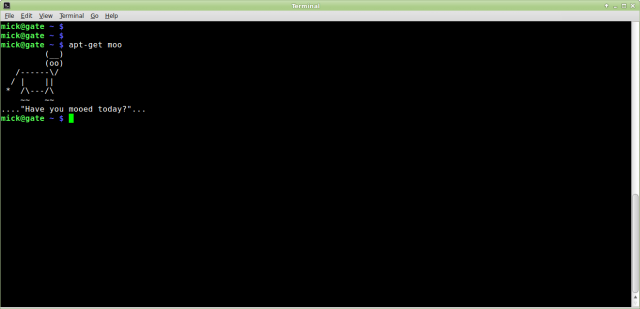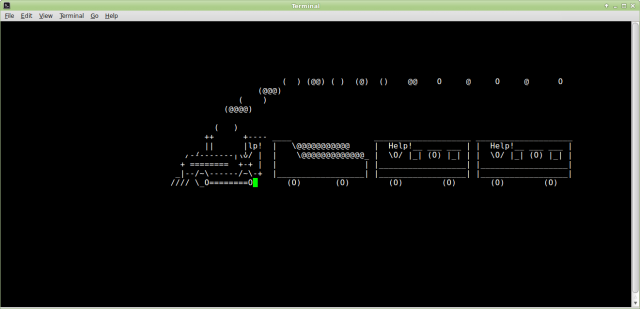For some years now I have used what used to be the freecycle system to dispose of unwanted, but otherwise useful items from my home. In return I have sometimes used the same mechanism to get hold of things like books which someone else wishes to get rid of. A couple of years or so ago, the UK freecycle organisation split from the US parent and was renamed “freegle”. Naming and politics aside (and there was some nasty politicing going on) the purpose and intentions of the UK freegle organisation continued to be honourable and useful. A lot of goods and material that would otherwise have ended up in landfill has been successfully recycled.
To date, UK freegle has been based on yahoo groups. Members subscribe to a freegle group covering their area and then send/receive email alerts about items offered or wanted. But yahoo groups is not an ideal mechanism for an organisation such as freegle, so alternatives are popping up – usually web based and often bespoke. My local group recently received lottery funding to help it establish just such a website.
Following an email from the group’s moderators about the intended change (and imminent closure of the old yahoo group) I signed up to the new system. Having done so I then set about editing my preferences and settings. One of the settings required is “postcode”, which the system uses with (an editable) radial distance in miles to determine which offers/requests to email to you. Alongside the required postcode, is the option to include your full address. Entering your full address will obviate the need to add it later when giving details to other freeglers about how to get to your location to pick up offers. Address details are apparently necessary because all interaction between freeglers now takes place (and is moderated) via the website address. Unlike the old system whereby freegler’s email addresses were exposed, users of the new system only see the freegle group address. (This, incidentally, is a “good thing” (TM)). However, one of the other settings on the preferences page is a checkbox marked “On holiday”.
Forgive me for thinking that this might not be a good idea.









